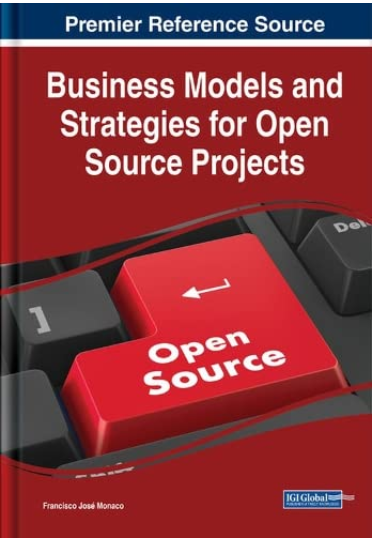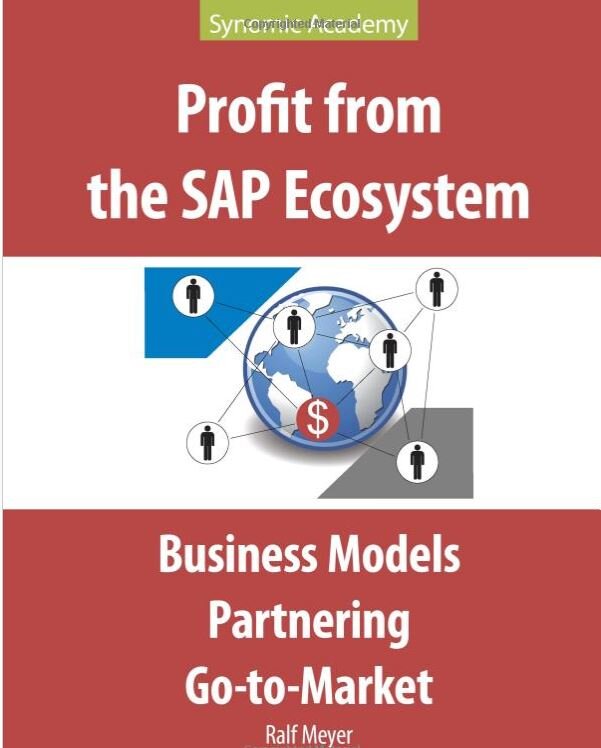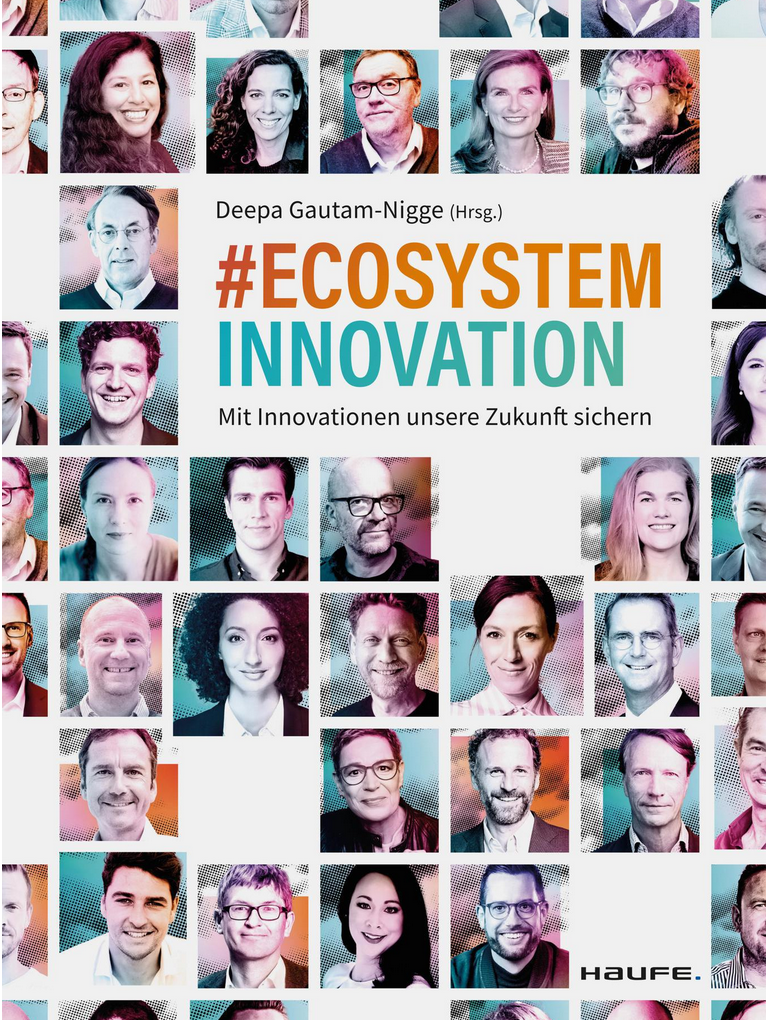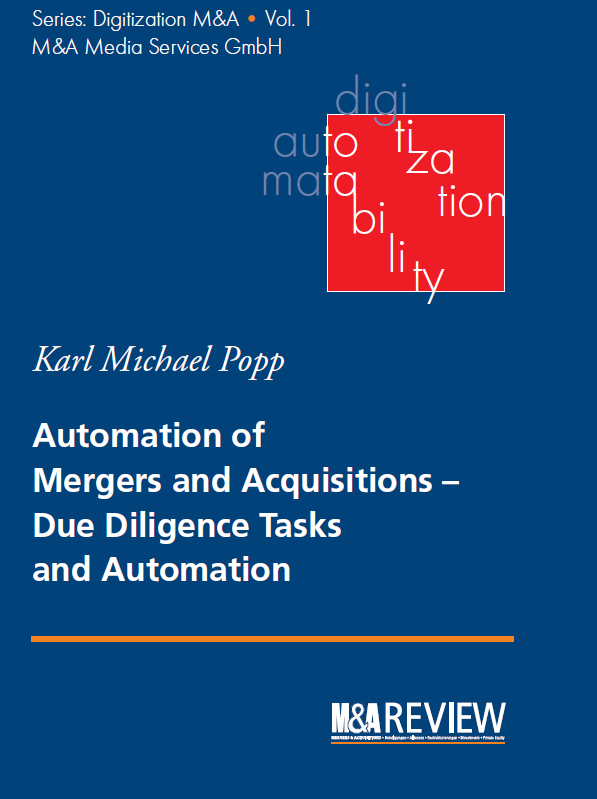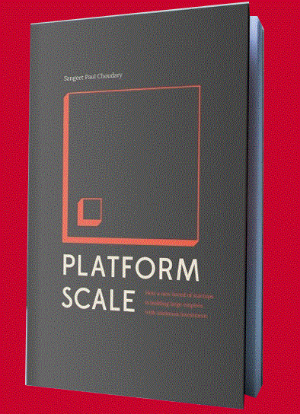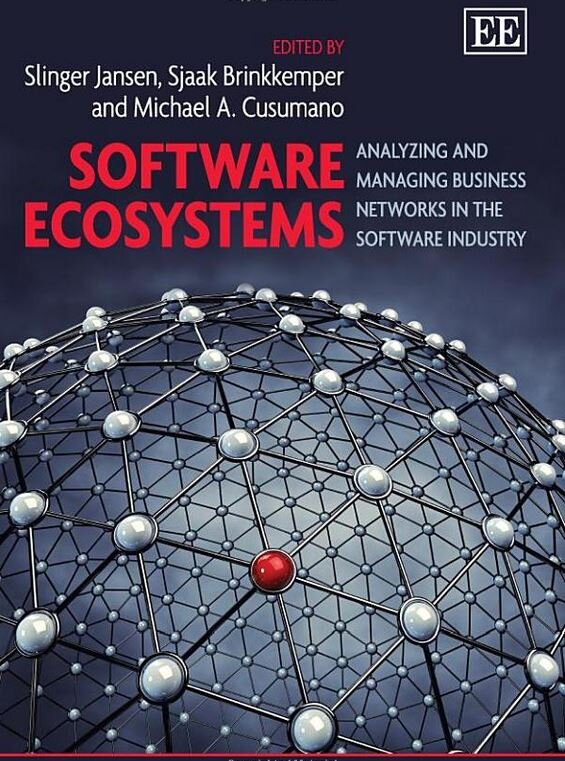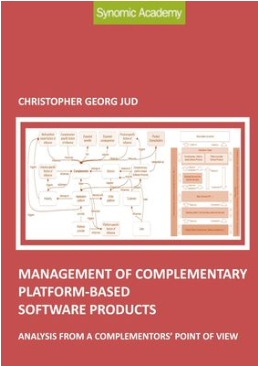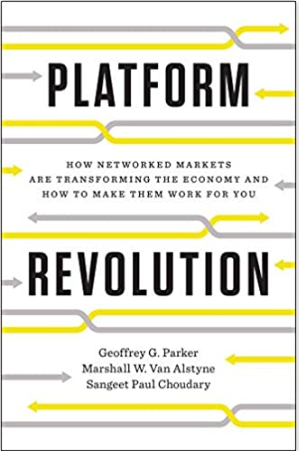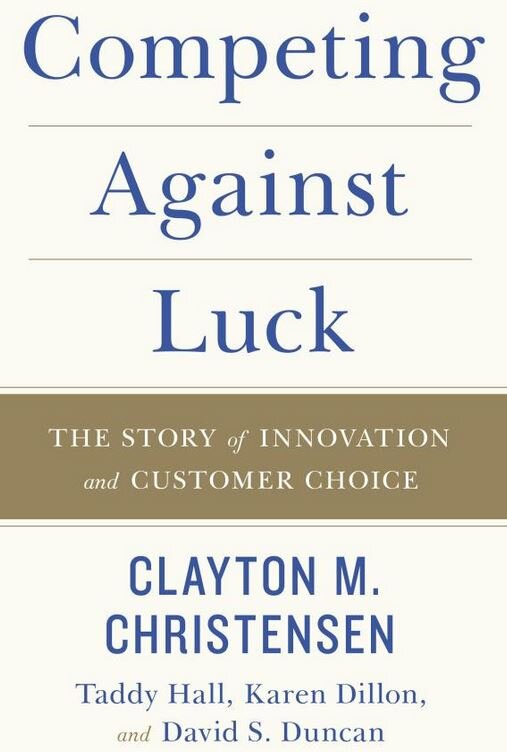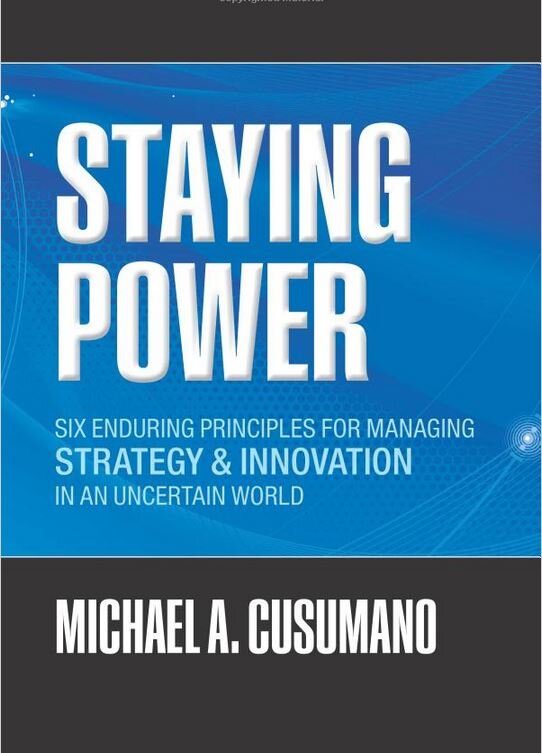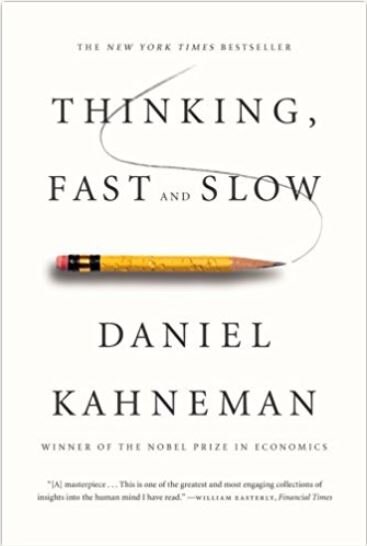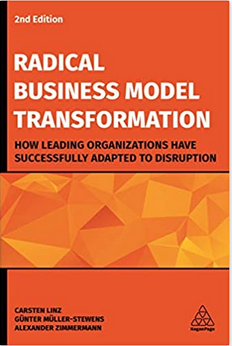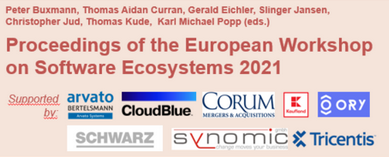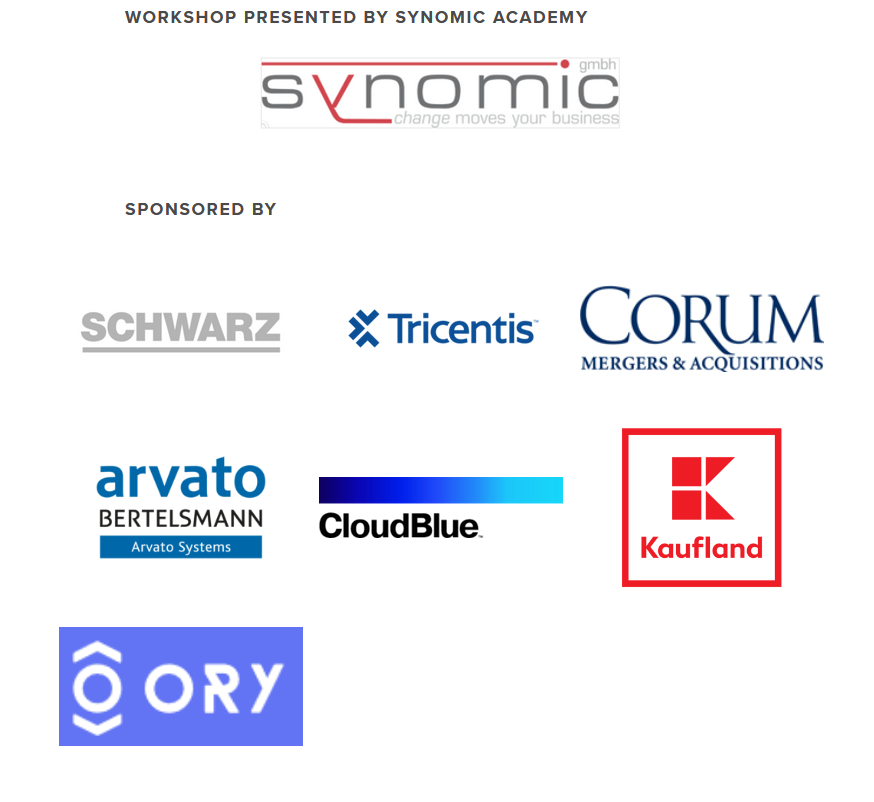
NEWS
Open Source Business Models in action!
The European Workshop on Software Ecosystems is an annual event which connects top notch researchers and business professionals in the field of software and platform ecosystems as well as business networks.
Commercial use of open source
For a commercial company, Open Source Software is software that is licensed to that company under an open source license. The commercial company may make use of the open source, like usage or redistribution of the open source free of charge, but it also has to fulfill the obligations, like delivering a copy of the license text with the software.
So the rights and obligations have to be analyzed diligently to make sure there is no violation of the license terms.
Suppliers of open source software
Open Source software can be supplied by a community or by a commercial company. We speak of community open source and commercial open source respectively.
For community open source, a community of people provides creation, maintenance and support for an open source software. In most of the cases the community provides these services free of charge.
There are, of course, differences between a company and the open source community. These differences are important to understand, because they influence a customer´s supplier decision and they also create niches for companies to establish a business in that niche.
Like the topic? Participate in our workshop tickets here
Commercial open source vs. community open source
So a customer might decide for commercial open source if he needs customized license terms, runs open source in a mission-critical environment and thus needs service level agreements in support or if he needs maintenance provided in a different way than via the open source community.
In many business contexts it makes also sense to have liability and warranty provisions from a supplier when using open source. In most of the existing open source licenses there is exclusion of any warranty or liability (3). This is another reason why companies might choose commercial open source over community open source.
Classification of open source business models
Based on a classification of business models (Weill et al.) we will have a look at open source business models.
Open source usually is free of charge, but that does not necessarily mean there is no compensation for using the open source component.
The next figure shows a classification of generic business models. The business models relevant for commercial open source business are marked in bold. In this general classification of business models, software classifies as an intangible product, see the corresponding column “Intangible”. Software can be created or written (“Inventor”), distributed (“IP Distributor”) or licensed or rented to customers (“IP Lessor”). In addition, the customer needs services to run and maintain the software, like implementation, support and maintenance services. These classify as “Contractor” business. We assume here that all open source businesses make use of at least a subset of these four business models.
Like the topic? No matter if it is a community or a commercial software vendor, one or many of these business models are applied. By choosing a specific selection of business models, a so-called hybrid business model is created. Creating a hybrid business model means combining different business models with their specific goals, requirements and cost structures.
Since these business models are models on a type level, there might be different implementations of how a certain business model is run. An open source community might run the Inventor business for creating software in a different way (leveraging the community) than a commercial software vendor (leveraging a development team), from a process as well as from a resource perspective. But on a type level, both run the same type of business called Inventor.
So going forward, we will analyze commercial and community open source business models as a selection of a subset of the business models identified here: Inventor, IP Lessor, IP distributor and Contractor.
Like the topic? Participate in our workshop tickets here
Community open source business model
The open source community business model usually makes use of the following business models: Inventor, IP Lessor and Contractor.
For the community, the Inventor business is what the community is most involved in. It is about creating open source software and engaging with the community members to coordinate the work and collect the contributions of the community members.
The IP Lessor business is also important for the community. The IP lessor business defines the terms and conditions of the open source license and makes the software available to customers. The license is defined by the community and all customers using the software have to comply with it. In some cases, there are multiple different licenses for an open source software that a customer can choose from.
The Contractor business contains all human services to customers. The community typically provides these via email and they contain services like maintenance, support, translation for country specific versions and the like. They are all carried out by community members. In almost every case, the customer does not pay for these services, but the customer has no rights to enforce any of these services and he does not have service level agreements, like a definition of minimum answer time for support incidents.
The community can serve two types of customers: software vendors and (end) customers. For software vendors, the open source community works as a supplier of software, for the customer, the open source community works as a software vendor licensing software to the customer.
These two relationships differ in the way that customers and software vendors might make use of the software. Customers usually license the software for internal use only. Software vendors license software for internal use and/or for distribution to customers. Often open source software is included in commercial software and provided to customers by the software vendor. In this case, the software vendor has to make sure he complies with all licenses of all open source software he is including in his software product.
Commercial open source business models overview
In the last section we described the community business model, now we turn to the commercial open source business model. Figure 4 shows the typical business models implemented by commercial software vendors. As mentioned before, a commercial software vendor does not have to implement all of these business models, but can rather build a unique business model by selecting a subset of available business models. One basic difference to community open source is that the IP Distributor business model is an option for commercial companies.
The history of commercial open source companies shows that in the beginning the companies focused on services around open source software, which matches the Contractor business.
The next step was to build distributions for open source software, like e.g. for Linux. This matches to the IP Distributor business model.
Today, we find all kinds of hybrid business models around open source. Companies are building software and donate it, completely or partially to the open source community (Inventor business model). Commercial software vendors often package or change or extend existing community open source software, so the community acts as a supplier of open source software to the software vendor. In some cases the software vendor does not use existing open source software from a community, but chooses to offer its proprietary software under a dual licensing strategy, e.g. under a commercial and an open source license.
Commercial services for open source
Since open source licenses are free of charge, commercial companies first and foremost focused on providing services around open source software. The expectation was simply that customers would still need services and since the license was free, that customers would have more money to spend on services.
Commercial open source companies provide the following services for open source software: Maintenance, Support, Consulting and Extension or adaption of open source software to a customer´s needs.
Maintenance services consist of the following activities: building future versions, bug fixes and upgrades and providing them to the customers.
Support services contain of accepting, maintaining and resolving incidents that the customer has while using the software.
Consulting services mean planning and executing the installation and go-live of customers´ system landscapes containing the software.
Extension or adaption of open source software based on customer´s requests is designing, programming, testing and delivering open source software that has been modified or expanded. Examples for extensions and modifications are:
Functional Extensions for open source applications with country-specific functionality or customer specific functionality;
Extending the usage scenarios for open source to additional countries by adding additional translations of user interfaces;
Adapting open source software means to make open source software run on customers´ hardware and software platforms.
Summary and outlook
The evolution of open source and commercial open source business is still underway. In the future we will see additional varieties of open source business licenses, such as in open source hardware or designs, and new open source business models, like in open source on demand applications or open source software in cloud environments.
You need to know about Platforms, the API economy, software ecosystems.
Platforms, the API economy, software ecosystems. The European Workshop on Software Ecosystems taking place in beautiful Bamberg, Germany on Nov 27 24 has it all
Here are five reasons to join.
Reason 1: The keynotes
Reason 2: Get the latest on the API economy.
We cover API management, launching platforms based on APIs, ways to grow your existing business with APIs as well as management of companies using the APIs.
Reason 3: Get the latest on creating and scaling business networks.
From the keynotes of Schwarz Group on retail, Ory and CloudBlue in software to academic presentations showing key properties of business networks in B2B markets and how to engage complementors on platforms.
Reason 4: Learn about growth opportunities for your company and for startups
We have it all, from M&A growth to growing software companies based on commercial as well as open-source business models. And we cover startup ecosystems, too.
Reason 5: See and discuss with key influencers in this space
TICKET SALES
Click HERE to buy tickets
Software partnerships and business models: OEM : join the European workshop on software ecosystems
The European Workshop on Software Ecosystems is an annual event which connects top notch researchers and business professionals in the field of software and platform ecosystems as well as business networks. Here is an example of a topic we will discuss at the event.
OEM
In an OEM scenario the software vendor provides OEM software to the software partner. The software partner sells the OEM software as part of his solution. Usually, the software partner charges no price for the OEM software, but for his own solution. This is the key difference between OEM and resell.
The software vendor delivers the OEM software to the partner, which pays a license fee and maintenance fee to the software vendor. The license fee for the OEM might be a share of the revenue of the partner product containing the OEM software. Or it might be a constant fee that applies per copy of the OEM software shipped to the customer.
Business Model Canvas for OEM software
In a generic view, the value proposition of outbound OEM for a customer (software vendor) is that the customer saves development cost and time and gets a quality product.
For customer segments, this business model is generally limited to software vendors but might also apply to hardware vendors shipping hardware with embedded software. Based on the specific functionality of the OEM software, it might be further limited to specific software vendors. Customer relationships to software vendors using the software are important. As a consequence, the network of partner companies is the main channel.
More details and background information can be found in these books:
Platforms, the API economy, software ecosystems. A recap of EWSECO 2021
A recap of the European workshop on software ecosystems 2021
The workshop was a complete success with forty participants from all over the world, Europe, USA and Brazil, too. Academics and professionals were happy with the presentations and even more with the opportunities and time to ask questions and to interact with presenters and fellow professionals via wonder.me during the coffee breaks.
With people from numerous companies like Schwarz, CloudBlue, Freudenberg, Tricentis, Kaufland, Bosch, Arvato Systems Bertelsmann, SNP SE, BELTIOS GmbH, SAP, Synomic and others the workshop was equipped with professionals from large and small software companies and service providers.
A big thank you goes out to all presenters, participants,program committee and sponsors!
While this page provides an overview, you can find all the details in the proceedings.
Industry Keynote by Rolf Schumann, Chief Digital Officer | Schwarz Group
Rolf talked about the challenges and successes in digitizing retailers. He also talked about the different digital and platform strategies in the Schwarz Group Companies Lidl and Kaufland. His entertaining and informative presentation was well received.
A Focus Area Maturity Model for API Management
by Max Matthijssen, Michiel Overeem, Slinger Jansen | University Utrecht
Organizations are increasingly connecting using Application Programming Interfaces to share data, functionality, and even complete business processes. However, the creation and management of these so-called APIs, is non-trivial. Aspects such as the business model, usage throttling, documentation, are often rushed afterthoughts. In this research, we present and evaluate the API Management Focus Area Maturity Model, addressing the domains of Community Engagement, Security, Lifecycle, Monitoring, Performance, and Commercial. The API-m-FAMM is a model that organizations can use to evaluate how well they are doing at API management and to set out a course for systematic improvement and evolution. We have used the model in practice in several organizations, and report on these results as well.
How to build a great Open Source Company and Ecosystem
Industry Keynote by Thomas Curran| ORY GmbH
Thomas took everybody on a journey from the early days of the free software movement to professionally managed open source to open source ecosystems of today. He explained how Ory GmbH has become an open source company with worldwide usage and high reputation.
The power of the ecosystem - the startup heatmap
Thomas Köster from DEEP presented key facts about Europe´s startup ecosystems. In his analytical research he covers 200 accelerators and 100 cities in Europe. Within the top spots, Berlin finally overtook London in number of startups.
Digital Platforms in Business-to- Business Markets
Maximilian Schreieck et al.| TU München
Maximilian took the audience on a journey to successful digital platforms in business-to-business markets (e.g., Salesforce, ServiceNow). However, he showed that there are also many companies that struggle to launch digital platforms and he explained why they struggle. Any launch challenges were analyzed.
The Software M&A Ecosystem
Industry Keynote by Jon Scott | Corum Group
John presented his analysis of the players and hot topics in the M&A market for software companies that are based on many deals that the Corum Group has worked on. While there were hot topics that we expected, like AI applications, we also learned that blue collar software, which is software for workers, is also a hot topic.
Management of complementary platform-based software products
Christopher Jud | Kaufland Digital
While platforms are the standard concept to interact with customers in some industries, they are just now emerging in others. Platforms often are technical foundation and distribution channel for complementary software products like mobile apps. While this is a great business opportunity for complementors, platforms set the rules of the game for the platforms.
Christopher Jud analysed in the effects of platforms on software products. as well as technological aspects and impacts on business models.
How to leverage APIs to grow your business
Max Kuzkin, Executive Director Engineering | CloudBlue
After a short run through the history of networking and applications integration, Max presented the API to API platform CloudBlue. It is a platform that operates integrations points and shares integration functionality between the participants to create massive network effects.
If you like the topics we covered, please take a look at the recommended books and the proceedings page.
You can also get in touch with us using the following form. Strict no worries, no spam policy. We will only send you information on workshops and books in this space.
WORKSHOP PRESENTED BY
THURSDAY: Open Source Business Models in action
The European Workshop on Software Ecosystems is an annual event which connects top notch researchers and business professionals in the field of software and platform ecosystems as well as business networks. Here is an example of a topic ORY will present in a keynote at the event.
TICKET SALES
Click HERE to buy tickets
Commercial use of open source
For a commercial company, Open Source Software is software that is licensed to that company under an open source license. The commercial company may make use of the open source, like usage or redistribution of the open source free of charge, but it also has to fulfill the obligations, like delivering a copy of the license text with the software.
So the rights and obligations have to be analyzed diligently to make sure there is no violation of the license terms.
Suppliers of open source software
Open Source software can be supplied by a community or by a commercial company. We speak of community open source and commercial open source respectively.
For community open source, a community of people provides creation, maintenance and support for an open source software. In most of the cases the community provides these services free of charge.
There are, of course, differences between a company and the open source community. These differences are important to understand, because they influence a customer´s supplier decision and they also create niches for companies to establish a business in that niche.
Commercial open source vs. community open source
So a customer might decide for commercial open source if he needs customized license terms, runs open source in a mission-critical environment and thus needs service level agreements in support or if he needs maintenance provided in a different way than via the open source community.
In many business contexts it makes also sense to have liability and warranty provisions from a supplier when using open source. In most of the existing open source licenses there is exclusion of any warranty or liability (3). This is another reason why companies might choose commercial open source over community open source.
Classification of open source business models
Based on a classification of business models (Weill et al.) we will have a look at open source business models.
Open source usually is free of charge, but that does not necessarily mean there is no compensation for using the open source component.
The next figure shows a classification of generic business models. The business models relevant for commercial open source business are marked in bold. In this general classification of business models, software classifies as an intangible product, see the corresponding column “Intangible”. Software can be created or written (“Inventor”), distributed (“IP Distributor”) or licensed or rented to customers (“IP Lessor”). In addition, the customer needs services to run and maintain the software, like implementation, support and maintenance services. These classify as “Contractor” business. We assume here that all open source businesses make use of at least a subset of these four business models.
No matter if it is a community or a commercial software vendor, one or many of these business models are applied. By choosing a specific selection of business models, a so-called hybrid business model is created. Creating a hybrid business model means combining different business models with their specific goals, requirements and cost structures.
Since these business models are models on a type level, there might be different implementations of how a certain business model is run. An open source community might run the Inventor business for creating software in a different way (leveraging the community) than a commercial software vendor (leveraging a development team), from a process as well as from a resource perspective. But on a type level, both run the same type of business called Inventor.
So going forward, we will analyze commercial and community open source business models as a selection of a subset of the business models identified here: Inventor, IP Lessor, IP distributor and Contractor.
Community open source business model
The open source community business model usually makes use of the following business models: Inventor, IP Lessor and Contractor.
For the community, the Inventor business is what the community is most involved in. It is about creating open source software and engaging with the community members to coordinate the work and collect the contributions of the community members.
The IP Lessor business is also important for the community. The IP lessor business defines the terms and conditions of the open source license and makes the software available to customers. The license is defined by the community and all customers using the software have to comply with it. In some cases, there are multiple different licenses for an open source software that a customer can choose from.
The Contractor business contains all human services to customers. The community typically provides these via email and they contain services like maintenance, support, translation for country specific versions and the like. They are all carried out by community members. In almost every case, the customer does not pay for these services, but the customer has no rights to enforce any of these services and he does not have service level agreements, like a definition of minimum answer time for support incidents.
The community can serve two types of customers: software vendors and (end) customers. For software vendors, the open source community works as a supplier of software, for the customer, the open source community works as a software vendor licensing software to the customer.
These two relationships differ in the way that customers and software vendors might make use of the software. Customers usually license the software for internal use only. Software vendors license software for internal use and/or for distribution to customers. Often open source software is included in commercial software and provided to customers by the software vendor. In this case, the software vendor has to make sure he complies with all licenses of all open source software he is including in his software product.
Commercial open source business models overview
In the last section we described the community business model, now we turn to the commercial open source business model. Figure 4 shows the typical business models implemented by commercial software vendors. As mentioned before, a commercial software vendor does not have to implement all of these business models, but can rather build a unique business model by selecting a subset of available business models. One basic difference to community open source is that the IP Distributor business model is an option for commercial companies.
The history of commercial open source companies shows that in the beginning the companies focused on services around open source software, which matches the Contractor business.
The next step was to build distributions for open source software, like e.g. for Linux. This matches to the IP Distributor business model.
Today, we find all kinds of hybrid business models around open source. Companies are building software and donate it, completely or partially to the open source community (Inventor business model). Commercial software vendors often package or change or extend existing community open source software, so the community acts as a supplier of open source software to the software vendor. In some cases the software vendor does not use existing open source software from a community, but chooses to offer its proprietary software under a dual licensing strategy, e.g. under a commercial and an open source license.
Commercial services for open source
Since open source licenses are free of charge, commercial companies first and foremost focused on providing services around open source software. The expectation was simply that customers would still need services and since the license was free, that customers would have more money to spend on services.
Commercial open source companies provide the following services for open source software: Maintenance, Support, Consulting and Extension or adaption of open source software to a customer´s needs.
Maintenance services consist of the following activities: building future versions, bug fixes and upgrades and providing them to the customers.
Support services contain of accepting, maintaining and resolving incidents that the customer has while using the software.
Consulting services mean planning and executing the installation and go-live of customers´ system landscapes containing the software.
Extension or adaption of open source software based on customer´s requests is designing, programming, testing and delivering open source software that has been modified or expanded. Examples for extensions and modifications are:
Functional Extensions for open source applications with country-specific functionality or customer specific functionality;
Extending the usage scenarios for open source to additional countries by adding additional translations of user interfaces;
Adapting open source software means to make open source software run on customers´ hardware and software platforms.
Summary and outlook
The evolution of open source and commercial open source business is still underway. In the future we will see additional varieties of open source business licenses, such as in open source hardware or designs, and new open source business models, like in open source on demand applications or open source software in cloud environments.
TICKET SALES
Click HERE to buy tickets
You need to know about Platforms, the API economy, software ecosystems!
Platforms, the API economy, software ecosystems. The European Workshop on Software Ecosystems online on April 29th 2021 has it all.
Here are five reasons to join.
Reason 1: The keynotes
Reason 2: Get the latest on the API economy.
We cover API management, launching platforms based on APIs, ways to grow your existing business with APIs as well as management of companies using the APIs.
Reason 3: Get the latest on creating and scaling business networks.
From the keynotes of Schwarz Group on retail, Ory and CloudBlue in software to academic presentations showing key properties of business networks in B2B markets and how to engage complementors on platforms.
Reason 4: Learn about growth opportunities for your company and for startups
We have it all, from M&A growth to growing software companies based on commercial as well as open-source business models. And we cover startup ecosystems, too.
Reason 5: See and discuss with key influencers in this space
TICKET SALES
Click HERE to buy tickets
European workshop on software ecosystems: Keynote speakers confirmed:Rolf Schumann, Chief Digital Officer of Schwarz Gruppe, Thomas Curran from Ory Systems GmbH and Max Kuzkin from CloudBlue
The European Workshop on Software Ecosystems is an annual event which connects top notch researchers and business professionals in the field of software and platform ecosystems as well as business networks.
For the eighth workshop we are looking forward to short presentations and long breaks which fuel discussions and networking between participants from all across the software industry and academia.
Confirmed Keynote-Speakers are
Rolf Schumann, Chief Digital Officer of Schwarz Gruppe and
Thomas Curran from Ory Systems GmbH and
Max Kuzkin, Executive Director Engineering | CloudBlue
Schwarz Gruppe, owning large retail chains Lidl and Kaufland, hosts the event online on April 29 2021. Scan this QR code for more information.
TICKET SALES
Click HERE to buy tickets
Disruptive Business Models in software and beyond: join the European workshop on software ecosystems
The European Workshop on Software Ecosystems is an annual event which connects top notch researchers and business professionals in the field of software and platform ecosystems as well as business networks. Here is an example of a topic we will discuss at the event.
Software industry and disruption
The software industry is all about disruptive business models. The key question remains: How do you plan and build disruptive business models? What are examples of disruptive business models? What did companies with distruptive business models do different than other companies? How can a company offer for the prize of zero? All of these questions can be answered by looking at disruptive business models.
Business model canvas and disruption
Let us adress these questions based on the business model canvas. The business model canvas is a well known approach by Osterwalder to model business models. Osterwalder published his approach in the book Business Model Generation: A Handbook for Visionaries, Game Changers, and Challengers.
A business model is described there on a "canvas" that shows e.g. the value proposition, cost, channels, revenue, suppliers, key resources and key partners.
Here is an example of Google´s search business on the business model canvas:
Where in the business model can disruption happen?
Now that we know the business model canvas, we can take disruption mechanisms and put them into the canvas. I use the information from Mark W. Johnson´s ideas on seizing the white space and put them on the canvas. And i use information from Profit from Software Ecosystems book.
Let me explain some of the boxes below.
Offer standardized low price version of high price product
There is a high price product, like secure data rooms. You build disruptive business models by offering that product in a standardized low price version. Examples i like are
UberX, a service from Uber that offers cheap transportation services
Motel One which is a motel chain that offers very affordable overnight stays
Securedocs, who disrupt the secure data room industry by offering a cheap yet safe data room for companies.
Shop at home with device
Nothing is more convenient than shopping at home. Technology can put that convenience to a new level.
Here are my most-liked examples:
Amazon has invented Amazon Fresh, a device that can scan barcodes of products at home or can listen to your wishes. Just say: chocolate sprinkles and the sprinkles will be at your door the next morning.
Amazon Fire scans for products that can be ordered, from Amazon, of course. no more searching for names or products in catalogs. scan, shop, done.
hybris Commerce Suite: lets you shop on any device (smart tv, Ipad, Phone)
Integrate and combine channels
In some industries there are opportunities in integrating and combining channels to build disruptive business models. No matter how you reach customers to sell goods, no matter where customers turn their attention, you might leverage all these channels as one.
Here are my favorites:
Stylight social shopping. Stylight has integrated normal people showing off purchased apparel in social networks with a shopping experience. Pictures of these people can appear in the shop and items can be ordered right away.
Prize of zero fed by other revenue streams
There is no better way to disrupt than offering a product or service for a price of zero. But you have to make sure you get some compensation or you finance that business model with revenues from your other business models. Advertising revenue has been stressed a lot in the software business for this purpose, but it only works in rare cases. So, which other sources of revenue to fund a low price are there? Here are my examples:
Google search. The service offered by Google is free. If you look at it more carefully, there is a compensation. it is data about the interest and the searches a user starts. This data is sold to advertisers. Revenue from advertising feeds free search.
Communities instead of sales force
Outsourcing for the prize of (almost) zero and scaling your salesforce dramatically. These are the benefits of leveraging product communities for supporting, maintaining and even selling your products. Network effects can accelerate this effect even more. Examples are:
Nespresso community
Skype was and is mostly promoted by its community. the network effects of having additional people join.
Open Source communities
Do more to adress the job
Just do a little more than your competition. Sounds easy, but it might take some hard thinking to deliver. Here are examples:
German epost does not only store your mail while you are away from home, they will scan all incoming letters and provide them online for you to look at it.
Life is good. Social retail. Shopping is great. Might be even greater if you are doing good while you are shopping.
More information to come soon. Many of these ideas are in the book Profit from software ecosystems
Literature
Content on this site comes from the following book and the ones in the gallery:
Mergers and Acquisitions in the Software Industry
other background literature is:
Osterwalder, Business model generation
Mark W Johnson, Seizing the white space
R. Meyer, K.M. Popp, Profit from software ecosystems
Corum Group sponsors an industry keynote at EWSECO 2021!
The program of this year´s European workshop on software ecosystems on April 29 is exceptional. From key software ecosystem researchers like Slinger Jansen to key companies like Corum, Schwarz, Tricentis, ORY or CloudBlue.
Corum M&A, a long time sponsor of the European workshop on software ecosystems will hold a keynote presentation at the workshop about the ecosystems in mergers and acquisitions of software companies.
Jon Scott, who is Chairman and Managing Director of Corum Group, will present key insights on hot technology topics in the software mergers and acquisitions ecosystem and how players in the software ecosystem interact in mergers and acquisitions.
TICKET SALES
Click HERE to buy tickets
Corum Group is the world leader in software mergers and acquisitions.
Corum Group sponsors an industry keynote at EWSECO 2021
The program of this year´s European workshop on software ecosystems on April 29 is exceptional. From key software ecosystem researchers like Slinger Jansen to key companies like Corum, Schwarz, Tricentis, ORY or CloudBlue.
Corum M&A, a long time sponsor of the European workshop on software ecosystems will hold a keynote presentation at the workshop about the ecosystems in mergers and acquisitions of software companies.
Jon Scott, who is Chairman and Managing Director of Corum Group, will present key insights on hot technology topics in the software mergers and acquisitions ecosystem and how players in the software ecosystem interact in mergers and acquisitions.
TICKET SALES
Click HERE to buy tickets
Corum Group is the world leader in software mergers and acquisitions.










